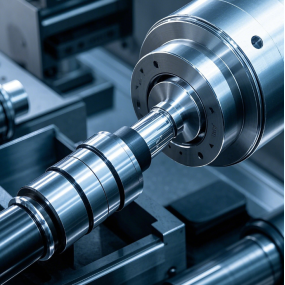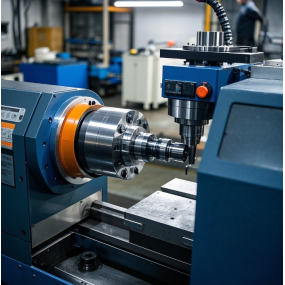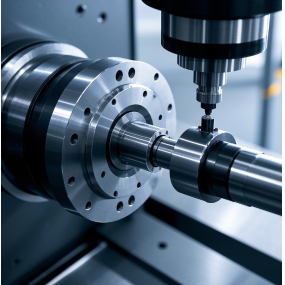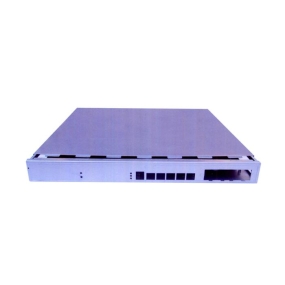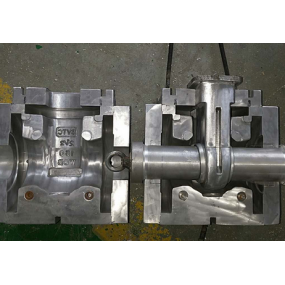1. Surface quality problems (1) Scratches and scratches: During the processing of stainless steel sheet metal, if it is not handled properly, such as the tools or dies used in cutting, stamping, bending and other processes are not sharp, the surface is rough, or the operation is improper, it may lead to scratches or scratches on the surface of the sheet metal. This not only affects the appearance quality of the product, but also may become a source of defects in subsequent processing, affecting the overall performance of the product. 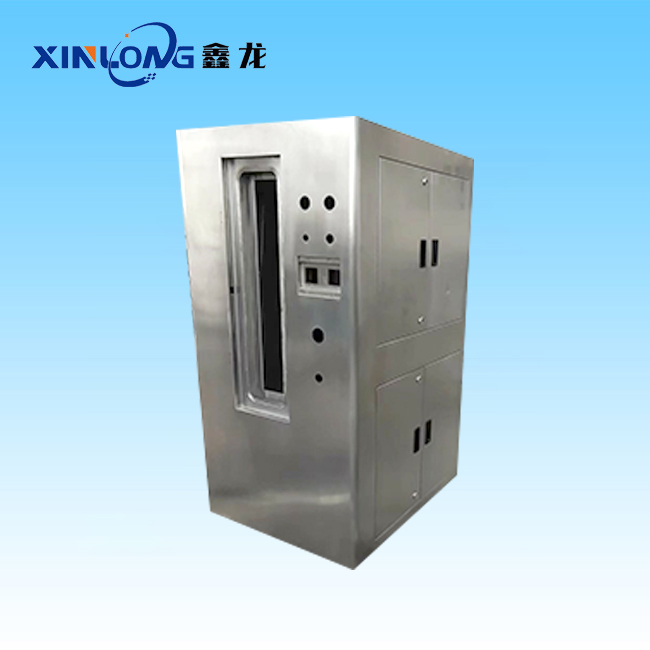 (2) Surface inconsistency: For stainless steel sheet metal parts that require overall surface treatment (such as pickling passivation, polishing, etc.), if the treatment is uneven or some areas are missed, it will lead to inconsistent surface color and gloss, which will affect the aesthetics and market acceptance of the product. Second, the processing accuracy problem (1) Dimensional deviation: Improper handling of stainless steel Sheet Metal Processing materials, such as inaccurate cutting, stamping die wear or inaccurate positioning, etc., may lead to the size deviation of the processed sheet metal parts beyond the allowable range, affecting the assembly accuracy and performance of the product. (2) Shape deformation: In the process of bending, stamping and other processes, if the material pretreatment (such as annealing, softening treatment) is insufficient or improper operation, it may cause the sheet metal parts to deform during processing and cannot achieve the shape and size required by the design. Third, performance problems (1) Stress concentration: Improper handling of materials may also lead to stress concentration inside the sheet metal parts, especially at the notches and sharp edges generated in the cutting, punching and other processes. These stress concentration points may become the source of crack initiation and expansion during the use of the product, reducing the service life and safety of the product. (2) Decreased corrosion resistance: If the stainless steel sheet metal is contaminated during processing (such as oil stains, rust, etc.), or the surface treatment is not thorough (such as insufficient pickling and passivation), it may lead to a decrease in its corrosion resistance. When used in a corrosive environment, it is prone to rust, which affects the performance and aesthetics of the product. Fourth, production efficiency and cost issues (1) Reduced production efficiency: Improper handling of stainless steel sheet metal processing materials will increase the workload of rework and repair, thereby reducing production efficiency. For example, rework repair due to surface defects such as scratches and scratches will consume additional time and labor costs. (2) Increased cost: In addition to the direct increase in production costs (such as rework repair costs), improper material handling may also lead to material waste and an increase in the rate of defective products, further increasing production costs.
(2) Surface inconsistency: For stainless steel sheet metal parts that require overall surface treatment (such as pickling passivation, polishing, etc.), if the treatment is uneven or some areas are missed, it will lead to inconsistent surface color and gloss, which will affect the aesthetics and market acceptance of the product. Second, the processing accuracy problem (1) Dimensional deviation: Improper handling of stainless steel Sheet Metal Processing materials, such as inaccurate cutting, stamping die wear or inaccurate positioning, etc., may lead to the size deviation of the processed sheet metal parts beyond the allowable range, affecting the assembly accuracy and performance of the product. (2) Shape deformation: In the process of bending, stamping and other processes, if the material pretreatment (such as annealing, softening treatment) is insufficient or improper operation, it may cause the sheet metal parts to deform during processing and cannot achieve the shape and size required by the design. Third, performance problems (1) Stress concentration: Improper handling of materials may also lead to stress concentration inside the sheet metal parts, especially at the notches and sharp edges generated in the cutting, punching and other processes. These stress concentration points may become the source of crack initiation and expansion during the use of the product, reducing the service life and safety of the product. (2) Decreased corrosion resistance: If the stainless steel sheet metal is contaminated during processing (such as oil stains, rust, etc.), or the surface treatment is not thorough (such as insufficient pickling and passivation), it may lead to a decrease in its corrosion resistance. When used in a corrosive environment, it is prone to rust, which affects the performance and aesthetics of the product. Fourth, production efficiency and cost issues (1) Reduced production efficiency: Improper handling of stainless steel sheet metal processing materials will increase the workload of rework and repair, thereby reducing production efficiency. For example, rework repair due to surface defects such as scratches and scratches will consume additional time and labor costs. (2) Increased cost: In addition to the direct increase in production costs (such as rework repair costs), improper material handling may also lead to material waste and an increase in the rate of defective products, further increasing production costs.
Hello! Welcome to EMAR's website!
 English
English » »
» »
 Spanish
Spanish Arabic
Arabic Spanish Basque
Spanish Basque Portuguese
Portuguese Belarusian
Belarusian Japanese
Japanese Russian
Russian Icelandic
Icelandic Bulgarian
Bulgarian Azerbaijani
Azerbaijani Estonian
Estonian Irish
Irish Polish
Polish Persian
Persian Boolean
Boolean Danish
Danish German
German French
French Filipino
Filipino Finnish
Finnish Korean
Korean Dutch
Dutch Galician
Galician Catalan
Catalan Czech
Czech Croatian
Croatian Latin
Latin Latvian
Latvian Romanian
Romanian Maltese
Maltese Malay
Malay Macedonian
Macedonian Norwegian
Norwegian Swedish
Swedish Serbian
Serbian Slovak
Slovak Slovenian
Slovenian Swahili
Swahili Thai
Thai Turkish
Turkish Welsh
Welsh Urdu
Urdu Ukrainian
Ukrainian Greek
Greek Hungarian
Hungarian Italian
Italian Yiddish
Yiddish Indonesian
Indonesian Vietnamese
Vietnamese 简体中文
简体中文 Haitian Creole
Haitian Creole


